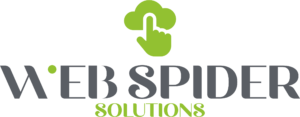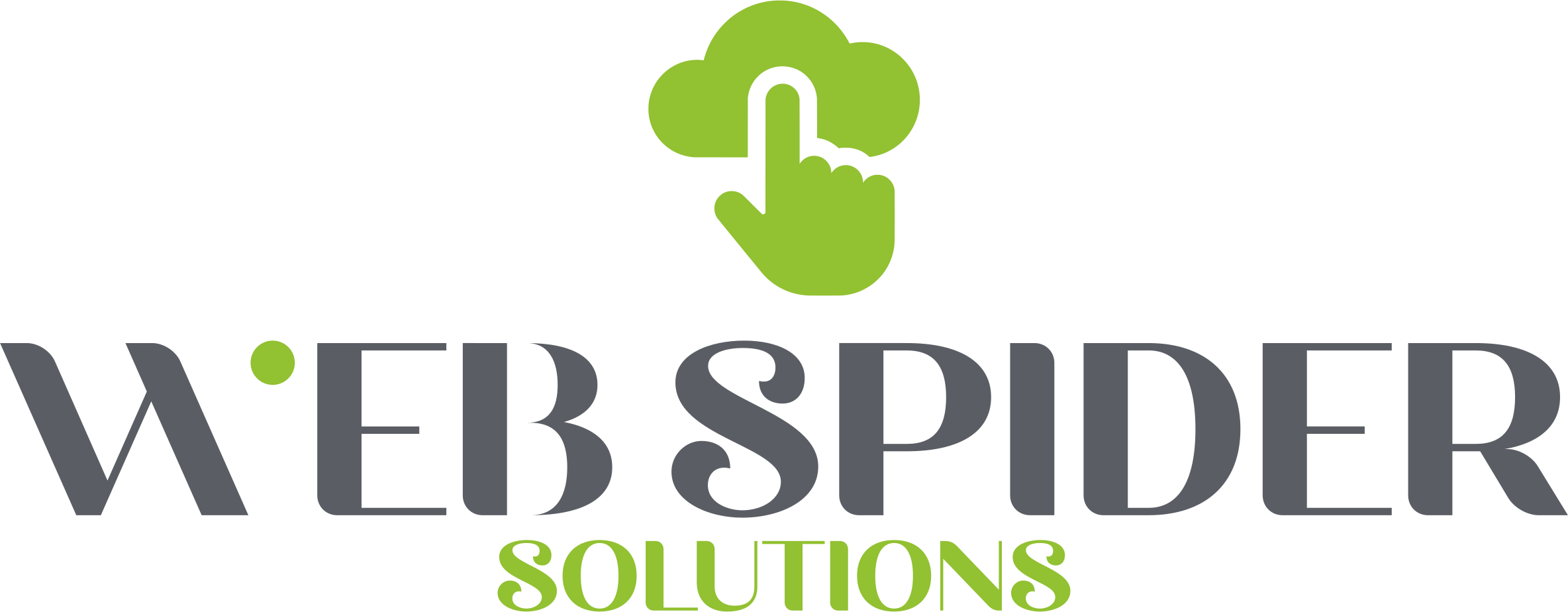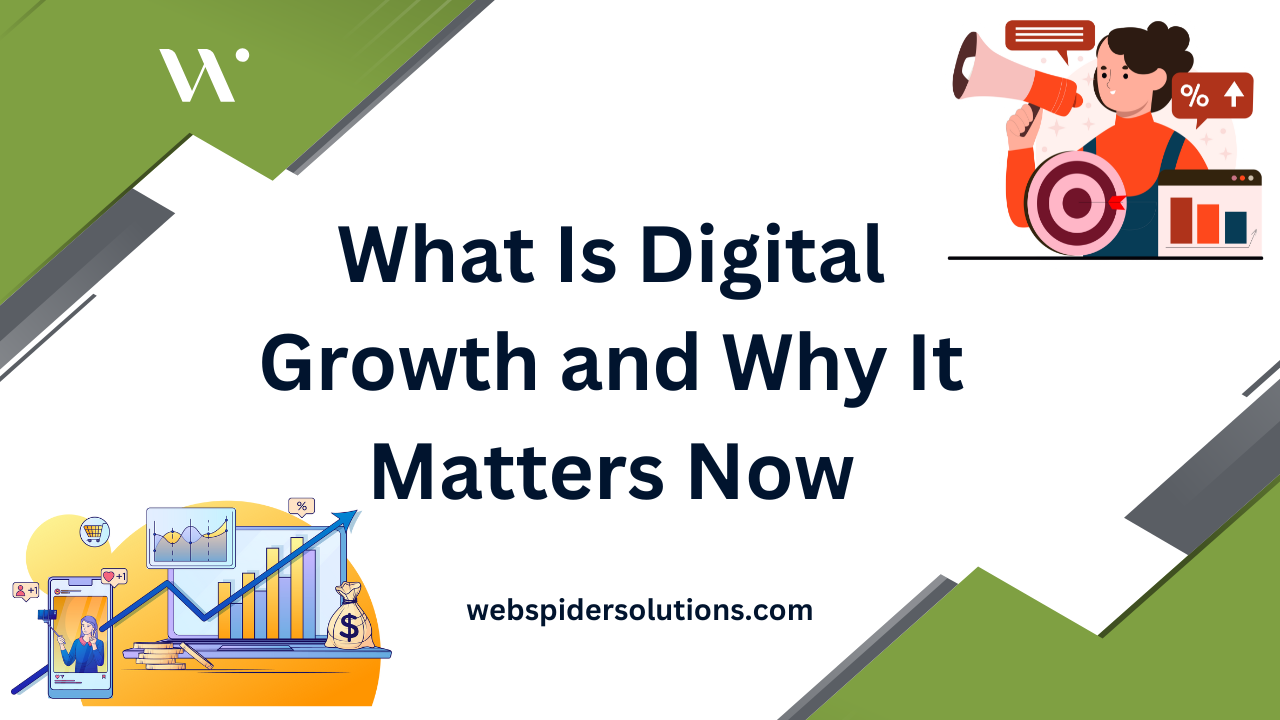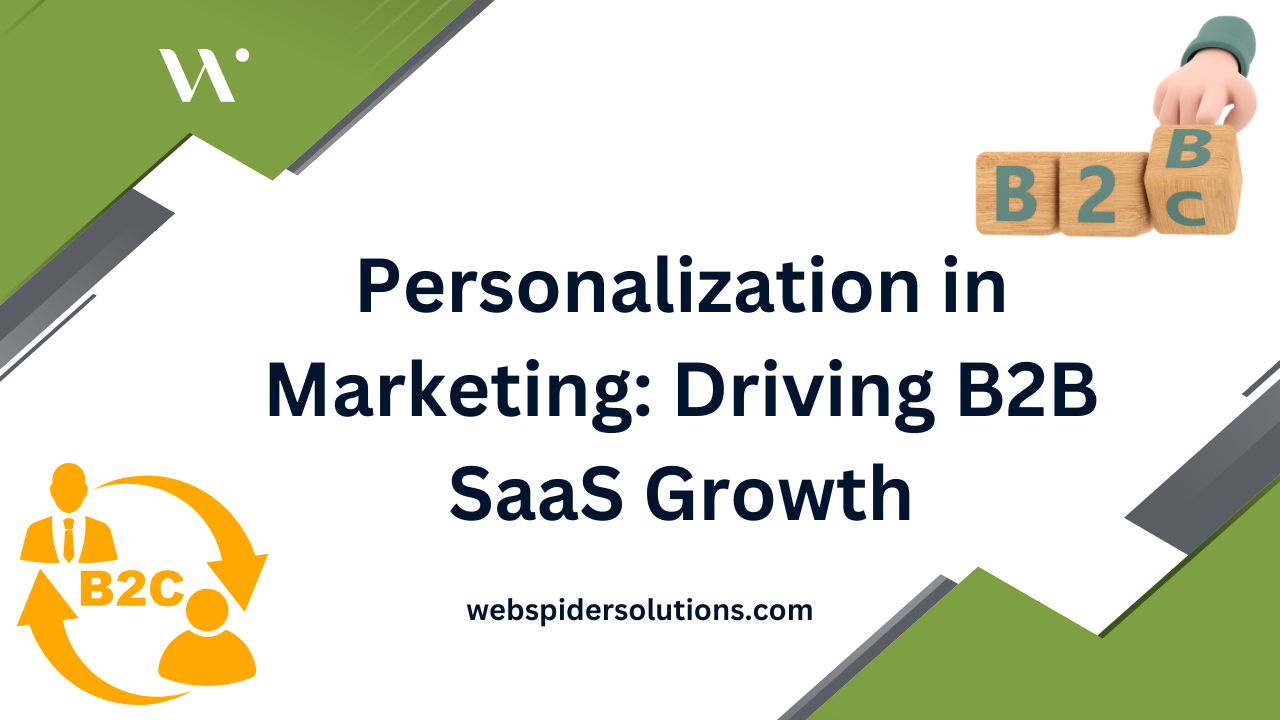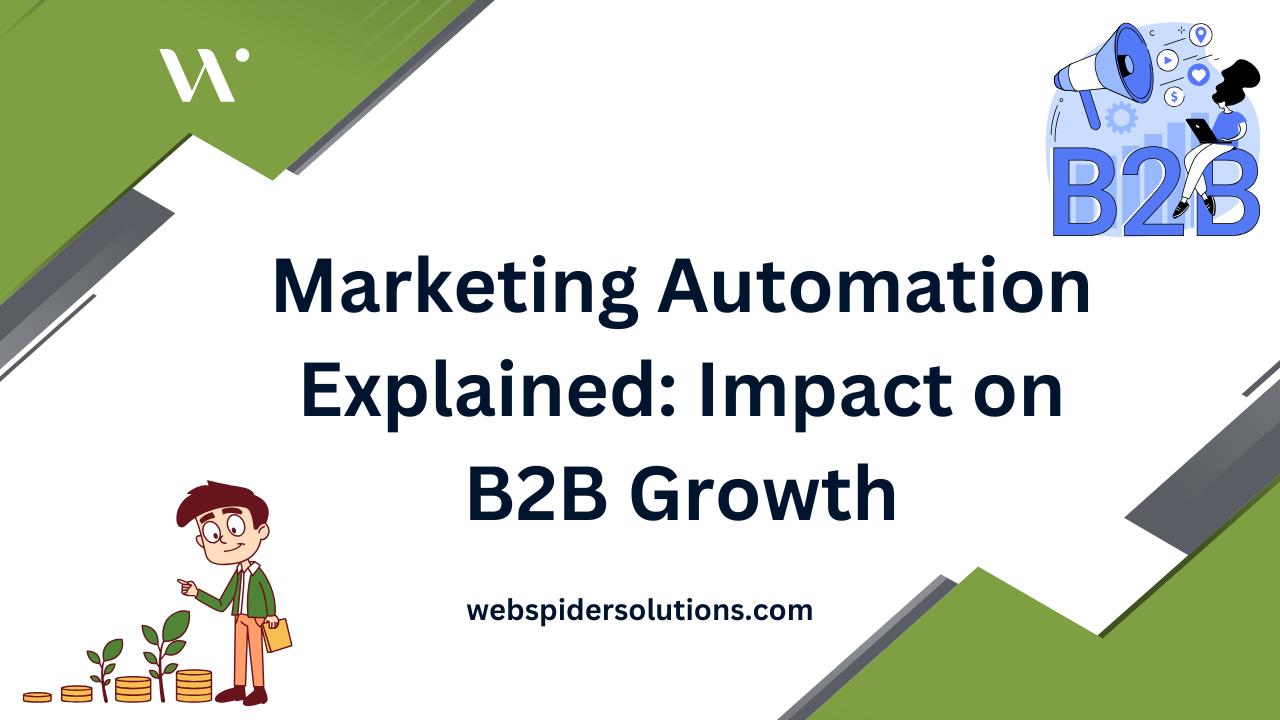Every website owner wants more visitors showing up, whether those clicks come naturally or through advertising budgets. Nearly 53 percent of all website traffic comes from organic search alone, but plenty of businesses are willing to spend money for an instant bump in numbers. Surprising, though, the race for clicks is not just about getting seen faster or cheaper. The real question is which traffic source actually builds trust and delivers long-term results.
Table of Contents
- Defining Organic Traffic And Paid Traffic
- The Role Of Organic Traffic In Digital Marketing
- Understanding Paid Traffic And Its Benefits
- Comparing The Effectiveness Of Organic And Paid Traffic
- Integrating Organic And Paid Strategies For Success
Quick Summary
| Takeaway | Explanation |
|---|---|
| Organic traffic builds long-term credibility. | Investing in SEO and quality content establishes trust and authority, driving consistent website visitors. |
| Paid traffic offers immediate visibility. | Businesses can quickly reach targeted audiences through financial investment in ads, generating quick results. |
| Integrating organic and paid strategies enhances effectiveness. | Using both approaches synergistically maximizes online presence and audience engagement, improving overall marketing success. |
| Organic traffic is cost-efficient long-term. | While initial investments in SEO are needed, it generates ongoing traffic without repeated financial inputs. |
| Audience targeting is crucial for paid traffic. | Effective paid campaigns rely on precise audience segmentation to optimize advertising spend and improve returns. |
Defining Organic Traffic and Paid Traffic
In the digital marketing world, understanding organic vs paid traffic represents a fundamental distinction that can significantly impact a business’s online strategy. Organic traffic and paid traffic are two primary methods businesses use to attract visitors to their websites, each with unique characteristics and approaches to digital visibility.
What is Organic Traffic?
Organic traffic refers to visitors who arrive at a website through unpaid search engine results. When users search for information and click on a website link that appears naturally in search rankings, this constitutes organic traffic. Learn more about traffic generation strategies for deeper insights.
Key characteristics of organic traffic include:
- Generated through search engine optimization (SEO) techniques
- No direct payment for each visitor
- Driven by content relevance and website authority
- Typically represents more sustainable long-term visibility
Search engines like Google rank websites based on complex algorithms that evaluate factors such as content quality, keyword relevance, site structure, and user experience. Websites that successfully optimize these elements can attract more organic traffic without spending money on direct advertising.
Understanding Paid Traffic
Paid traffic, in contrast, involves visitors arriving through advertisements where businesses pay for each click or impression. According to Gartner’s digital marketing research, paid traffic provides immediate visibility and targeted audience reach.
Key elements of paid traffic include:
- Direct financial investment in advertising platforms
- Immediate visibility in search results or social media feeds
- Precise audience targeting capabilities
- Measurable and controllable campaign performance
Businesses can leverage paid traffic through various channels like Google Ads, social media advertising, and display network campaigns. The primary advantage is the ability to quickly reach specific audience segments and generate immediate website visits.
The Role of Organic Traffic in Digital Marketing
Organic traffic represents a critical strategic component in digital marketing, offering businesses a powerful mechanism for sustainable online visibility and audience engagement. Unlike paid strategies, organic traffic builds long-term credibility and provides substantial value through strategic content development and search optimization.
Building Digital Authority Through Organic Channels
Organic traffic functions as a foundational trust-building mechanism for businesses seeking to establish digital presence. Explore practical ways to increase organic traffic and understand its transformative potential. Search engines like Google prioritize websites demonstrating expertise, relevance, and user value, making organic traffic a critical metric for measuring digital reputation.
Key advantages of organic traffic include:
- Creates sustainable long-term visibility
- Develops genuine audience trust
- Reduces ongoing marketing expenditure
- Establishes brand authority in specific domains
Companies investing in high-quality content and strategic SEO can generate consistent website visitors without continuous financial investment. This approach allows businesses to create valuable resources that attract and retain audience attention naturally.
Organic Traffic’s Strategic Impact
According to SEMrush’s digital marketing research, organic search drives approximately 53% of all website traffic, demonstrating its significant role in digital marketing strategies. Successful organic traffic generation requires understanding audience needs, creating targeted content, and consistently optimizing website performance.
Businesses can maximize organic traffic through strategic approaches such as:
- Developing comprehensive, expert-level content
- Understanding target audience search behaviors
- Implementing technical SEO best practices
- Creating meaningful, solution-oriented resources
By focusing on organic traffic generation, businesses transform their digital marketing from transactional interactions to meaningful audience connections, establishing genuine digital relationships that transcend traditional advertising limitations.
Understanding Paid Traffic and Its Benefits
Paid traffic represents a strategic digital marketing approach that allows businesses to purchase targeted website visitors through various online advertising channels. Immediate visibility and precise audience targeting make paid traffic an essential component of comprehensive digital marketing strategies.
Mechanisms of Paid Traffic Generation
Discover how paid advertising works to leverage its full potential for business growth. Paid traffic operates through platforms like Google Ads, social media advertising networks, and display advertising systems where businesses pay for specific user interactions such as clicks, impressions, or conversions.
Key characteristics of paid traffic channels include:
- Direct financial investment in digital advertising
- Immediate website visibility
- Granular audience targeting options
- Rapid performance measurement and optimization
Businesses can select from multiple paid traffic models, including pay-per-click (PPC), cost-per-impression (CPM), and cost-per-acquisition (CPA) strategies. These models provide flexible approaches to reaching potential customers based on specific marketing objectives.
Strategic Benefits of Paid Traffic
According to WordStream’s digital marketing research, businesses generate an average of $2 in revenue for every $1 spent on Google Ads, demonstrating the potential return on investment in paid traffic strategies.
Primary advantages of implementing paid traffic include:
- Precise audience segmentation
- Accelerated market entry
- Comprehensive performance tracking
- Scalable marketing campaigns
Paid traffic enables businesses to bypass traditional organic growth limitations by providing immediate visibility and targeting capabilities. By strategically investing in digital advertising, companies can quickly reach specific audience segments, test marketing messages, and generate rapid customer engagement.
The versatility of paid traffic allows businesses to adapt their marketing approaches dynamically, responding to market changes and emerging opportunities with unprecedented speed and precision.
Comparing the Effectiveness of Organic and Paid Traffic
Digital marketing success hinges on understanding the nuanced relationship between organic and paid traffic, each offering unique advantages that complement strategic business objectives. While both approaches aim to drive website visitors, their methodologies, costs, and long-term impacts differ significantly.
Performance and Cost Efficiency
Explore the comprehensive SEO vs PPC comparison to gain deeper insights into traffic generation strategies. Organic traffic typically demonstrates superior cost efficiency, requiring initial investment in content and technical optimization but generating sustained results without continuous financial input. Paid traffic, conversely, provides immediate visibility but necessitates ongoing financial commitment.
Key comparative metrics include:
- Initial investment requirements
- Long-term sustainability
- Audience trust levels
- Conversion potential
- Scalability of approach
Businesses must carefully evaluate their specific market positioning, budget constraints, and growth objectives when selecting between organic and paid traffic strategies. The most effective digital marketing approaches often integrate both methods strategically.
Here is a comparison of the main characteristics, advantages, and limitations of organic versus paid website traffic to help you understand which approach might best fit your business objectives.
| Feature / Aspect | Organic Traffic | Paid Traffic |
|---|---|---|
| Source | Unpaid search engine results | Advertisements (search, social, display) |
| Cost Structure | No cost per click; upfront SEO/content investment | Ongoing cost per click/impression/conversion |
| Speed of Results | Slow to build, long-lasting | Instant, stops when budget runs out |
| Audience Targeting | Based on keyword relevance and search intent | Precise control with segmentation and demographics |
| Credibility / Trust | Higher perceived trust and authority | May be perceived as direct marketing/ad messaging |
| Sustainability | Sustainable traffic if maintained | Not sustainable without continued spend |
| Performance Tracking | Tracked via SEO analytics | Tracked via ad platforms with detailed metrics |
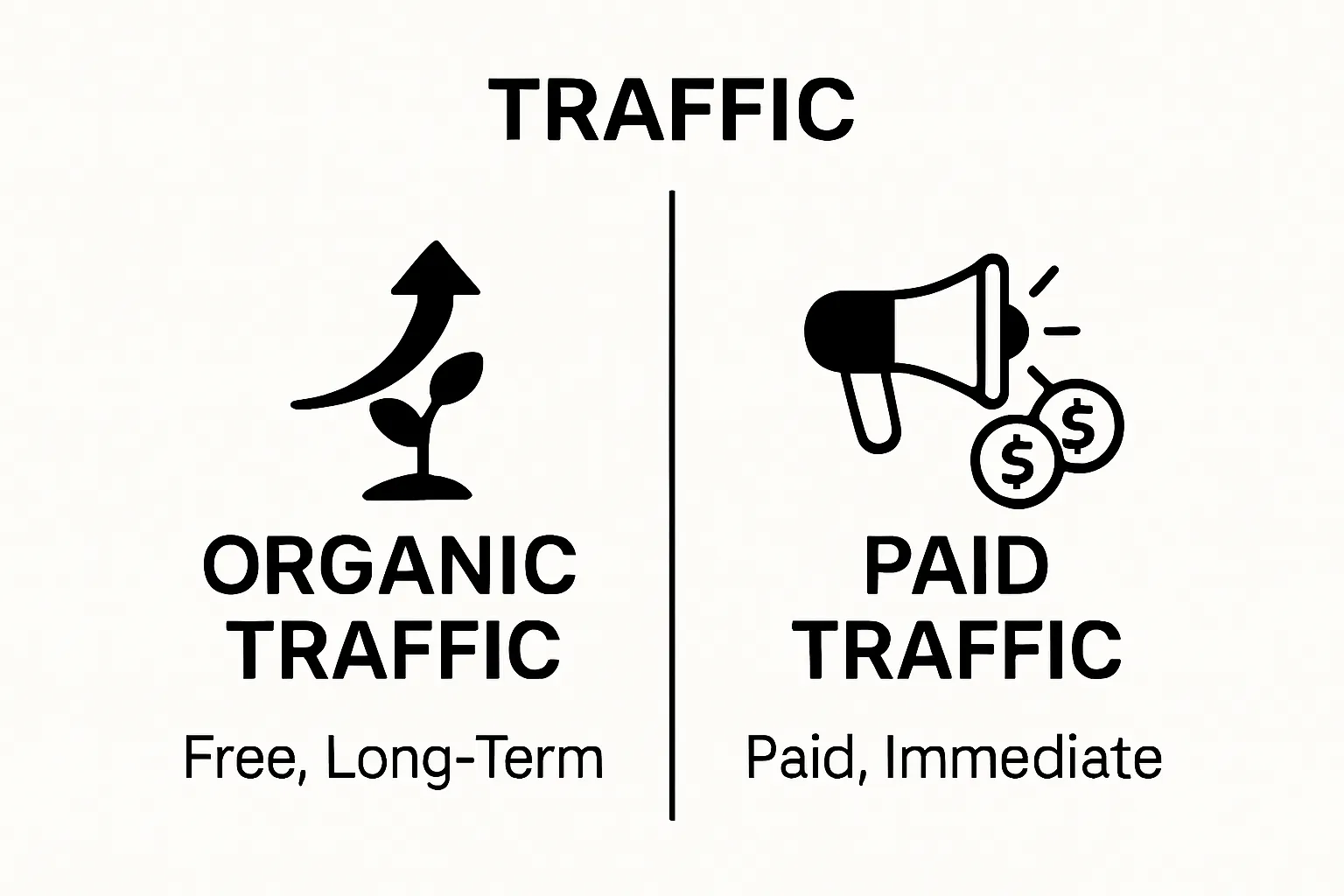
Trust, Credibility, and User Perception
According to Nielsen’s consumer trust research, organic search results generate significantly higher user trust compared to paid advertisements. Organic traffic signals inherent content value and expertise, whereas paid traffic is perceived as direct marketing.
Critical considerations for businesses include:
- Organic traffic builds long-term brand credibility
- Paid traffic offers rapid market penetration
- Organic results suggest editorial validation
- Paid advertisements provide precise targeting
Successful digital marketing strategies recognize that organic and paid traffic are not mutually exclusive but complementary approaches. By understanding their respective strengths and limitations, businesses can develop integrated marketing approaches that maximize online visibility, audience engagement, and conversion potential.
Integrating Organic and Paid Strategies for Success
Successful digital marketing requires a holistic approach that seamlessly combines organic and paid traffic strategies. By understanding the complementary nature of these approaches, businesses can create a robust digital marketing framework that maximizes online visibility, audience engagement, and conversion potential.
Synergistic Marketing Approaches
Learn advanced organic growth strategies to complement your paid marketing efforts. The most effective digital marketing strategies recognize that organic and paid traffic are not competing channels but interconnected components of a comprehensive marketing ecosystem.
Key integration strategies include:
- Using paid advertising to accelerate organic content discovery
- Leveraging paid insights to refine organic content
- Cross-pollinating audience data between channels
- Developing consistent messaging across platforms
Paid advertising can serve as a strategic catalyst for organic growth, allowing businesses to test messaging, identify high-performing content, and rapidly expand their audience reach. Simultaneously, strong organic content provides credibility and long-term sustainability to marketing efforts.
Tactical Optimization and Performance Measurement
According to Harvard Business Review’s marketing research, businesses that successfully integrate organic and paid strategies see an average 35% increase in overall marketing effectiveness.
Critical considerations for integrated marketing include:
- Aligning keyword strategies across organic and paid channels
- Creating consistent brand messaging
- Utilizing cross-channel performance analytics
- Developing flexible marketing budgets
Businesses must adopt a dynamic approach that allows continuous refinement of their digital marketing strategies. By treating organic and paid traffic as complementary tools rather than competing methods, companies can create a more nuanced, responsive, and effective marketing approach that adapts to changing market conditions and audience behaviors.

Ready to Master Your Website Traffic?
Are you struggling to strike the right balance between organic and paid traffic for your business? If you have ever felt torn between building trust through SEO or achieving quick results with paid ads, you are not alone. Many companies face this challenge and risk missing out on sustained growth or fast visibility when they do not have a strong strategy. Discover expert guidance in our Paid Advertising Archives to see how the right mix can change your results.
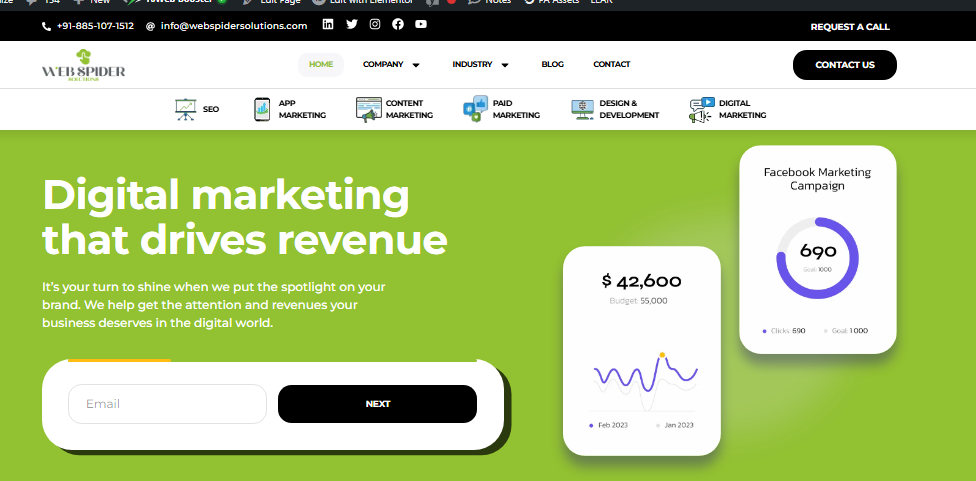
Let Web Spider Solutions help you unlock powerful growth by combining proven SEO tactics and targeted advertising. You get tailored solutions that boost organic visibility and deliver immediate traffic where it matters most. Do not wait for competitors to pull ahead. Visit Web Spider Solutions now for your free consultation and turn your website traffic into measurable business success.
Frequently Asked Questions
What is the difference between organic traffic and paid traffic?
Organic traffic refers to visitors who arrive at a website through unpaid search engine results, while paid traffic involves visitors who reach a site through advertisements for which a business pays. Organic traffic requires SEO techniques for visibility, whereas paid traffic offers immediate results through financial investment.
How can businesses benefit from organic traffic?
Businesses can benefit from organic traffic by establishing long-term visibility, building credibility and trust with their audience, reducing ongoing marketing costs, and creating valuable content that attracts visitors without continuous financial investment.
What are some effective strategies for generating organic traffic?
Effective strategies for generating organic traffic include developing high-quality, expert-level content, understanding audience search behaviors, implementing technical SEO best practices, and creating meaningful resources that address audience needs.
Why should businesses consider using paid traffic?
Businesses should consider using paid traffic for immediate visibility, precise audience targeting, accelerated market entry, and the ability to measure and optimize campaigns easily. Paid advertising can also help supplement organic growth efforts by quickly reaching specific audience segments.
Recommended
-
- Website Traffic Generation Strategies for 2025 Success – Web Spider Solutions
- Understanding the SEO vs PPC Comparison for Your Business – Web Spider Solutions
- Understanding How Does Paid Advertising Work – Web Spider Solutions
- Top Benefits of Paid Advertising for Business Growth – Web Spider Solutions
